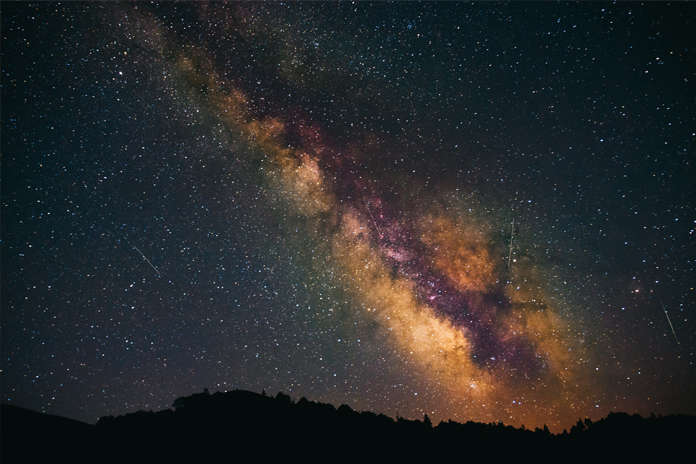I wrote recently about my night watching the meteor shower in Crete. I thought I was lucky to see just a few. However having returned home I found friends of mine had been far more successful & seen tens of shooting stars, Gutted!
If you are a star enthusiast, or a lover of all things beautiful then the annual Perseid meteor shower should be added to your yearly calendar. It certainly will be added to mine.
Each year between the last week of July and the first week of August, Earth passes through the orbit of the Swift Tuttle comet. This is a spectacular site to see as the comet is close enough that you are able to watch as its meteors streak through the night’s sky at more than 100,000 miles per hour. This year I was also giving free tarot readings using the planetary tarot spread under the stars which added an extra touch of magic to the proceedings.
Just before dawn when the night’s sky is still dark, is the best time to view the Perseid meteor shower. If the skies are clear all you will be able to see the meteors with your naked eye—no binoculars or telescope necessary. If you are lucky you will see more than 60 shooting stars per hour.
To view the Persied you will need to find a spot that is nice and dark, and far away from the bright lights of the city. If weather permits the meteor shower is visible anywhere in the Northern Hemisphere. To check your local weather conditions for the annual meteor shower you go online to AccuWeather.
If you will be venturing out for the next Perseid annual showers you may be curious as to how to best enjoy the natural fireworks display. Below are some common questions for viewing:
Where Should You Look In The Sky?—Anywhere other than the moon or any bright lights. The shooting stars will come from the northeastern sky, but they can appear as quick streaks that pass through the whole sky.
Where Is The Best Place To View?—Look for a place that is dark, far away from buildings and city lights, and has an wide unobstructed view of the open sky.
What Time Is Best For Viewing?—This will change from year to year, but is typically sometime between midnight and dawn. For the exact day of the week watch your local news, go to AccuWeather, or look on your favorite astronomy websites.
What If It’s Cloudy Out?—If it is cloudy out it significantly reduces your odds of being able to enjoy the view of the passing shooting stars. Hopefully you will have better luck next year!
Should You Bring Viewing Equipment?—You can bring binoculars or a telescope but you don’t have to. You will be able to see the shooting stars clearly with you naked eye.
Can You Photograph The Shooting Stars?—It is possible to photograph shooting stars, but you will need a wide lens, a tripod, and an ISO of 400 or 1600.
Even if you are not an avid stargazer, a sweeping display of shooting stars is quite a sight to see.

